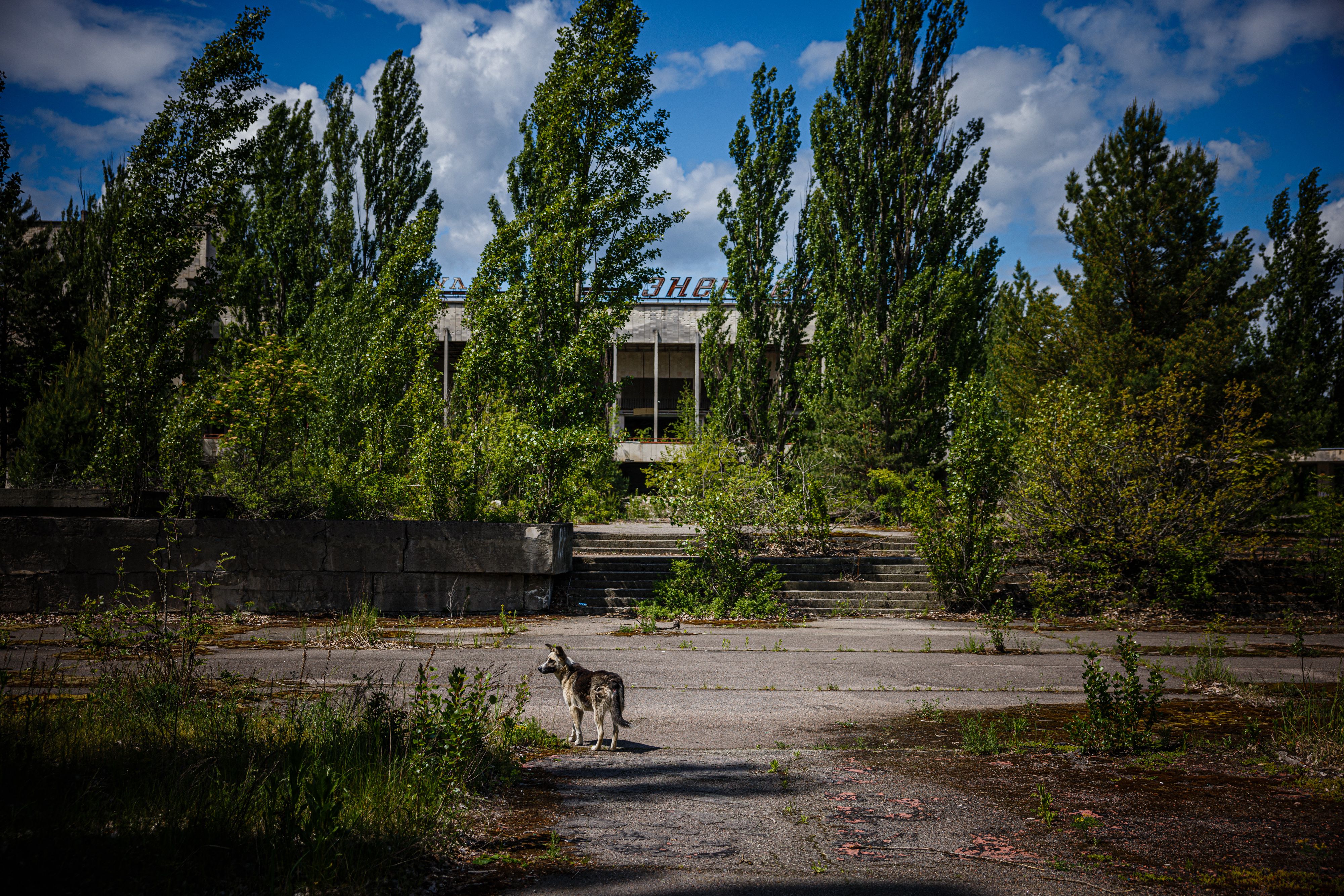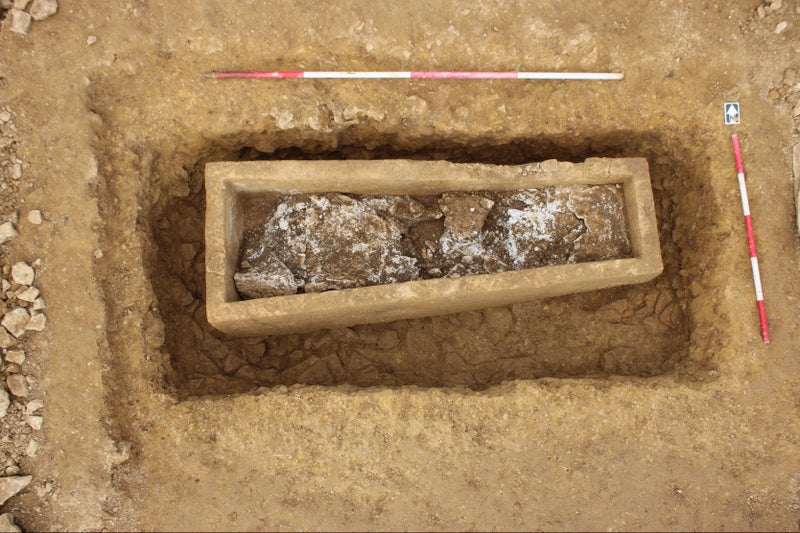Radiation may not be why Chernobyl dogs show ‘dramatic’ genetic differences
Share:
New study has implications for our understanding of nuclear radiation exposure effects on populations. Radiation-induced mutations may not be the reason for the genetic differences between dog populations living near the Chernobyl nuclear power plant, according to a new study.
![[Photograph shows dogs passing by a Ferris wheel in the ghost town of Pripyat near the Chernobyl nuclear power plant]](https://static.independent.co.uk/2025/01/15/07/GettyImages-1241010106.jpg)
The study, published on Monday in the journal PLOS One, has implications for our understanding of the effects of nuclear radiation exposure on populations. “Most people think of the Chernobyl nuclear accident as a radiological disaster in an abandoned corner of Ukraine, but the potential adverse health implications are much wider,” said Norman Kleiman, a co-author of the study from the Columbia University School of Public Health.
![[Pack of wolves visits a scent station in the Chernobyl exclusion zone]](https://static.independent.co.uk/2025/01/15/07/113560_web.jpg)
“This is due to the many other toxins – including heavy metals, lead powder, pesticides, and asbestos – released into the environment during the ensuing cleanup and remediation over three decades.”. Scientists have been studying dog populations near the nuclear power plant which suffered a disastrous meltdown in 1986, causing a dramatic explosion that demolished buildings and released deadly radiation into the atmosphere.
Two workers were killed by the explosion and 28 firemen and emergency clean-up crew died from acute radiation poisoning over the first three months after the disaster. Scientists continue to study the surroundings of the plant to assess the impact of radiation leaks on life forms in the region.
“We are trying to determine if low-level exposure over many years to environmental toxins such as radiation, lead, etcetera, could explain some of those differences,” another study co-author Matthew Breen from the North Carolina State University said.






















